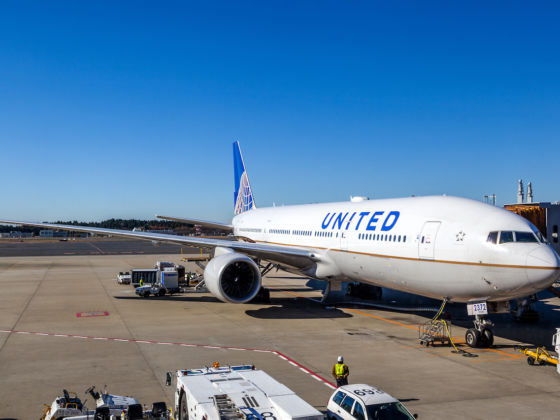For the claustrophobic, it’s the most anxiety-inducing experience imaginable. For everyone else, it’s a cold version of hell.
You’re sitting on a trans-Pacific flight, settling in with your noise cancelling headphones and The Marvelous Mrs. Maisel, and the next thing you know the captain comes on saying there’s a medical emergency and you’re landing somewhere in remote, ice-covered Canada.
